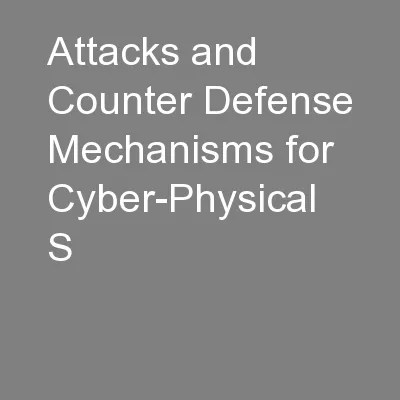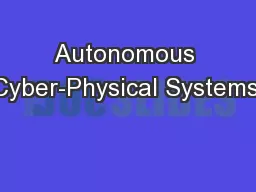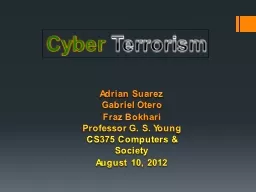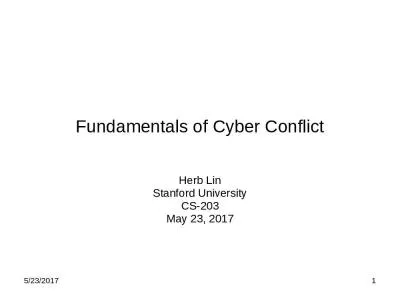PPT-Attacks and Counter Defense Mechanisms for Cyber-Physical S
Author : pasty-toler | Published Date : 2016-09-18
1 Taha Hassan Lulu Wang CS 5214 Fall 2015 Overview Survivability of cyberphysical systems Failure types attrition pervasion exfiltration Case Study Reliability in
Presentation Embed Code
Download Presentation
Download Presentation The PPT/PDF document "Attacks and Counter Defense Mechanisms f..." is the property of its rightful owner. Permission is granted to download and print the materials on this website for personal, non-commercial use only, and to display it on your personal computer provided you do not modify the materials and that you retain all copyright notices contained in the materials. By downloading content from our website, you accept the terms of this agreement.
Attacks and Counter Defense Mechanisms for Cyber-Physical S: Transcript
Download Rules Of Document
"Attacks and Counter Defense Mechanisms for Cyber-Physical S"The content belongs to its owner. You may download and print it for personal use, without modification, and keep all copyright notices. By downloading, you agree to these terms.
Related Documents














